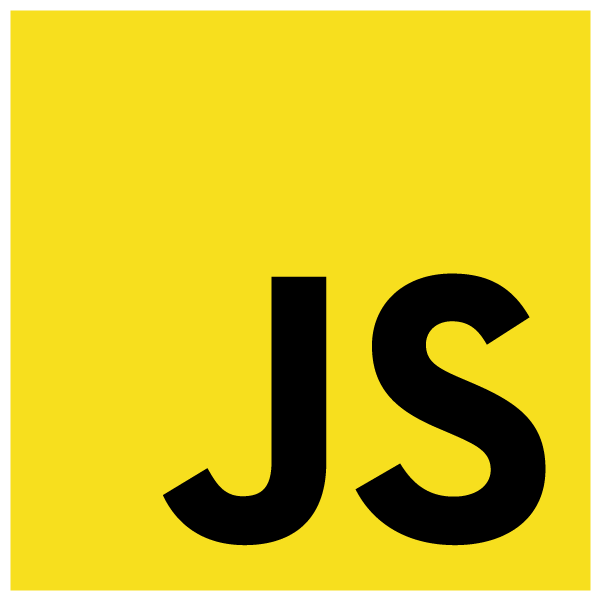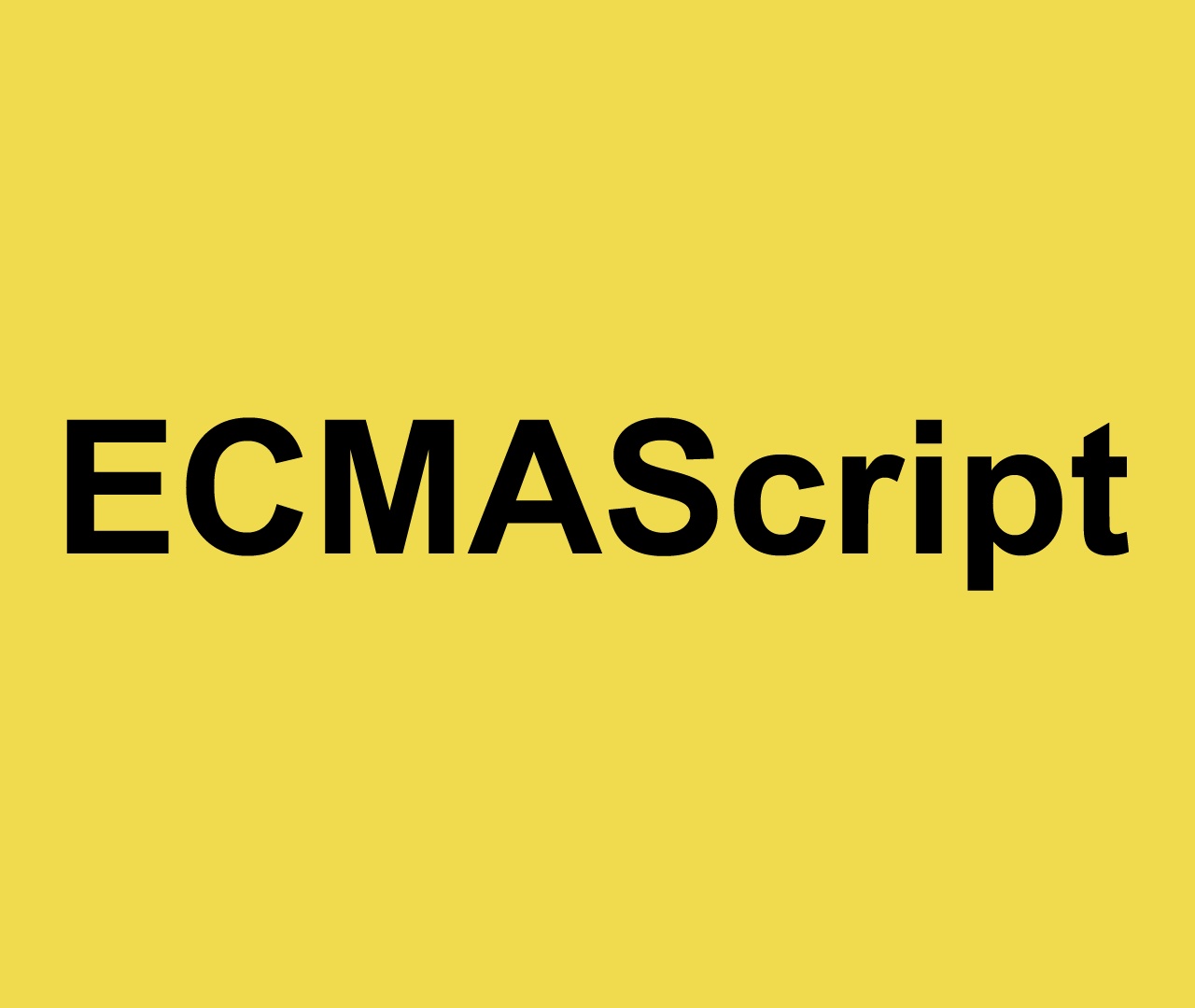Abstract
In this seed I explore the birth of JavaScript.
The Problem and its Solution
At the beginning of the W3, at the early 90’s, there was only HTML to give an hyperlinked structure to the content of a webpage. The Web was recently invented, and all its subjacent technologies were recently openned to the public domain as well. The vision for the new global network of information was an open Web. Everyone should have access to the Web itself, as well as to the tools to build it. One of those tools was HTML. However, at the Web started growing in the following years, more functionality and iteractive capabilities were requered from a webpage. HTML webpages only was not sufficient for power the Web: an informatic solution was needed.
In 1995, one solution was created: Brendan Eich invented JavaScript. The problem may be stated as follows: How to add interactivity to a static webpage? Because HTML was the standard way to produce hypertext for the Web, the result was always a static webpage. A static webpage, as its name suggests, is a page that remains static, and does not change on its entire lifecycle. However, the vision of Netscape, a company that developed one of the first Web Browsers, was the Web as highly interactive multimedia environment. So, Netscape found a solution: inject interactivity to any webpage programmatically. The next problem to solve was invent the programming language itself.
Netscape Communications Corporation was the leader in the Browser Market at the beginning of the Web. Its flagship producto was the Netscape Navigator web browser. On a very competitive context, Netscape was looking for someone with experience developing programming languages, and Brendan Eich was choosen for the job. At the time, Netscape made a strategic alliance with Sun Microsystems to solve the problem of interactivity of webpages. Sun Microsystems recently had lauched a new programming language on May 1995: Java. So, the awaited programming language was there, and it was not necessary to invent a new one. It was a matter to adapt Java to Netscape Navigator. However, Java did not worked well on the Browser. It was a complete programming language on its own, designed under the philosophy of write once and run everywhere. It was more like a virtual machine in itself that something that could be successfully embedded into another software in a lightweight manner. So, Netscape decided that the solution was not a fully complete language, but something smaller called a by those days a Scripting Language to differentiated from a full programming language.
A Scripting Language had many desirable features for Netscape Navigator: They are smaller in comparison to full complete languages like Java, and they are easier to learn, especially for people who does not had a computer science background. Because they are small in nature, the could be embedded easyly in another environment like the Web Browser. So, the basic requirements for the new language were discovered: The new language should be simple, small and embeddable.
The first name of JavaScript was Mocha. It was something close to Java with means coffee in some contexts. The name implied some design decisions and intentions as well. The new language should be connected some way with Java, and the choosed name suggested that. Java was an important development because it abstracted the machine where the language run, so, having a highly portable language at hand would free the development lifecycle to be designed specifically for a given machine.
The name for the new programming language then emerged. They was named LiveScript, but a at the end named JavaScript. The name changed from LiveScript to JavaScript was due to the idea of connecting Java to the new language even in its name as kind of marketing move, was still floating in the air, and at the end of 1995 the new name finally emerged: JavaScript.
The Spirit of JavaScript
One of the initial visions for the new language was that it should be very malleable. Instead of following a rigid programming discipline, it should be modeled as needed to fit multiple programming paradigms. The spirit of this new language was then defiend: flexible, dynamic typed, lightweight programmability and cross platform. The access to the Web documents should be through a well designed API, and the desired interactivity needed for HTML finally was achieved.
'JavaScript descends in spirit from a line of smaller, dynamically typed languages like HyperTalk and dBASE. These scripting languages offer programming tools to a much wider audience because of their easier syntax, specialized built-in functionality, and minimal requirements for object creation.'
Through the Browser API, JavaScript had superpowers like scripting of events, objects and actions. It allowed to Web designers and developers to have a full event oriented environment as a canvas for creativity. JavaScript could help to perform actions like play an audio file, execute an applet and other interactive behaviors. JavaScript, then, was at the core of a new chapter of the history of the Web.

JavaScript, JScript and ECMAScript
The introduction of the new language by Netscape was a success. However, a browser war between companies for the dominance of the web was there. The main competitor of Netscape created its own scripting language called JScript. So, two versions of a the same scripting language for the Web were in competition, with the big problem of compatibility and difficult software lifecycle. For designer and developers, having two codebases with incompatible versions of its scripting language, was just a nightmare: Something that worked in one browser may not work in the other.
A need for standardization was urgent for the beneficit of the Web itself. To do so, Netscape turned to the ECMA (European Computer Manufacturers Association) to standardizise JavaScript. Since then, the process of evolution of JavaScript is made by commitee, and not guided by a specific corporation. As a result of the first process of standardization, in 1997 the first edition of the document called ECMA 262 was published. ECMA had to register a new trademark name for JavaScript, and it was ECMAScript. Since then, ECMAScript is the official name of the programming language, alghouth everyone still call it JavaScript.
